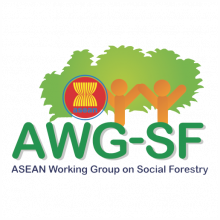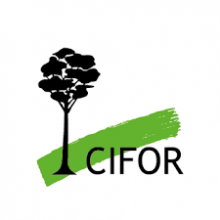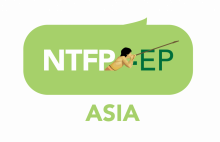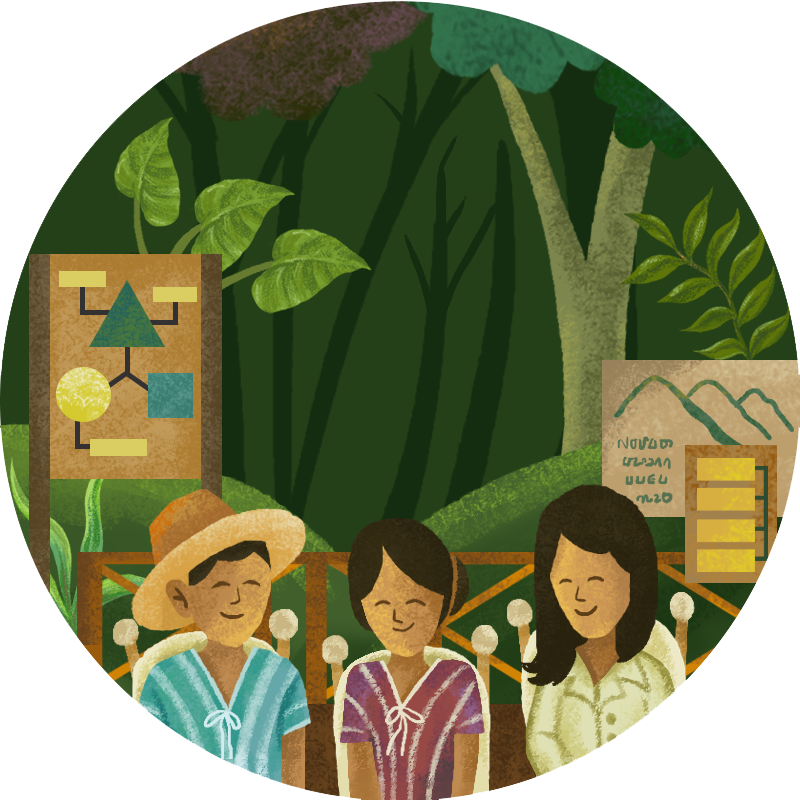Adequate human and institutional capacities allow communities to use and manage local forests efficiently and efficiently. Adequate capacity also ensures local people can participate meaningfully in policy and institutional processes for social forestry management.
If human and institutional capacities are inadequate, they must be identified and developed. This includes building capacity for decision making and governance, forest management and enterprise, and networking and information exchange.
Checklist questions
These questions relate to contextual equity within governance and regulations. They address human and institutional capacities, highlighting specific areas related to capacity development that most need support.
- Are the community, institutions and individuals that manage the local forest equipped with adequate skills to achieve management objectives?
- Are existing institutions appropriate to implement social forestry?
- In a social forestry project, have community groups been consulted and engaged since its start? Have different community member groups, along classifications such as gender, age and income, been accommodated in the learning process and capacity development projects?
ASEAN member states are the subject of many important research articles assessing local capacities, institutions and networks. Case studies are available for communities in Indonesia, the Philippines, Viet Nam and regionally.
Many resources and materials are available summarizing capacity building activities. Four resources describe management planning, community forest enterprises, mainstreaming gender, and participatory monitoring and evaluation.
Social forestry benefits when communities and policymakers have opportunities to collaborate and build networks within and across national borders. Successful examples exist across ASEAN and in the Philippines and Indonesia.























